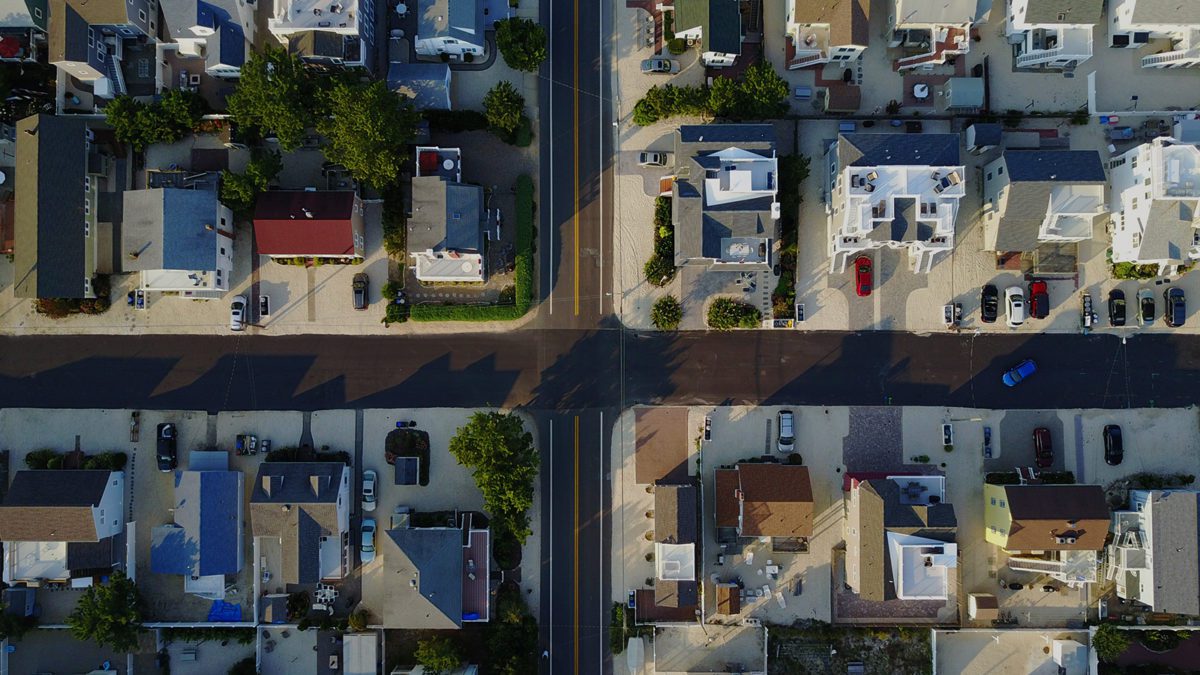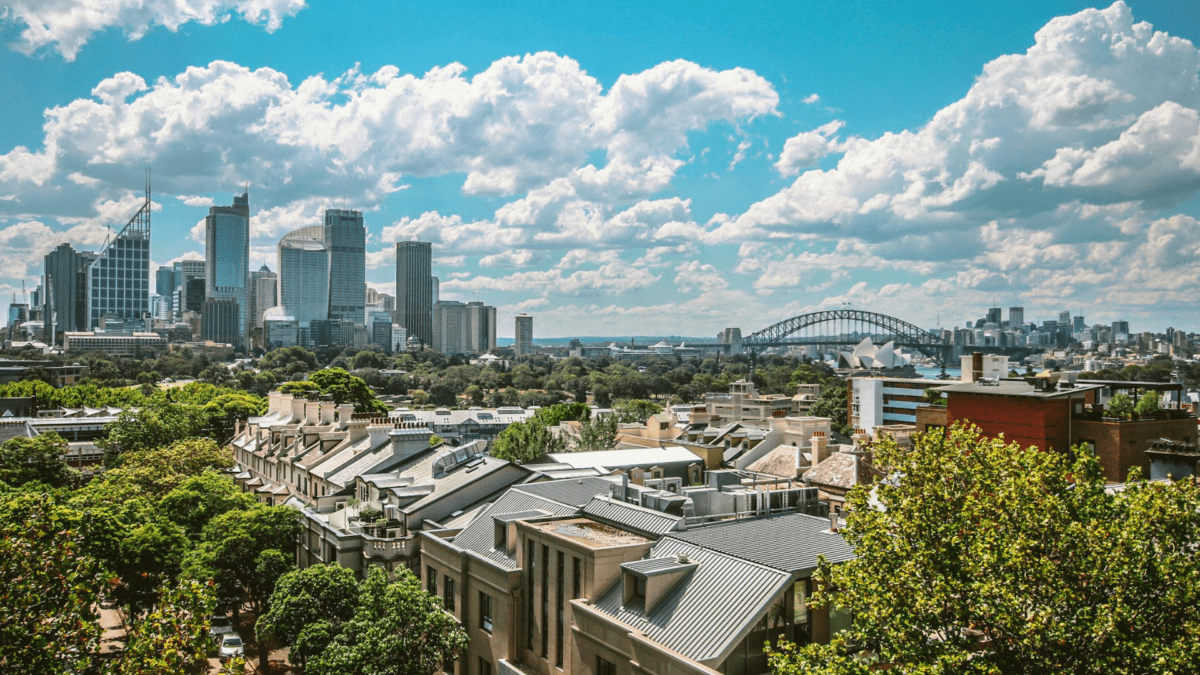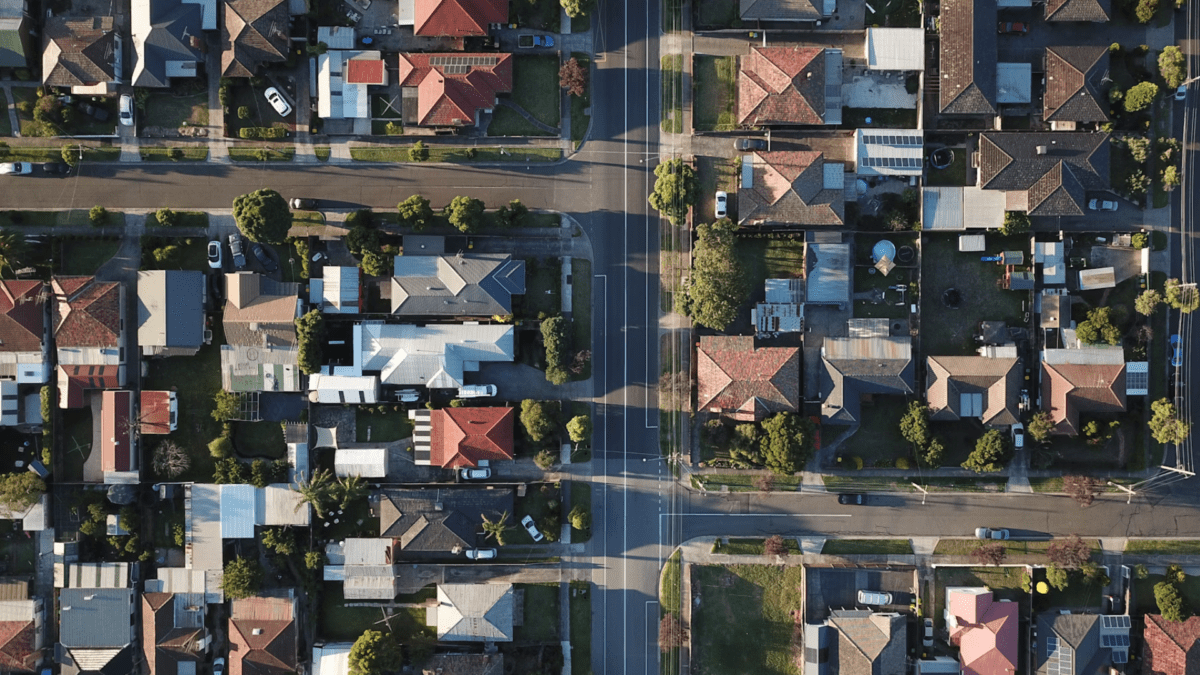Distressed home selling expected to rise with rates
With the average home loan size nationally sitting around $600,000 and household debt levels sitting near record highs, higher interest rates could force some householders to default on home loan repayments, with new data showing the number of distressed home sales is on the rise.
According to SQM Research managing director Louis Christopher property vendors are having an increasingly difficult time selling their properties. He expects distressed selling to rise over the remainder of 2022 and into 2023 as official rates rise, forcing up mortgage repayments.
According to SQM Research data, as of 26 July 2022 there were 6,257 residential properties nationwide selling under distressed conditions. That compares to 6,014 distressed listings on 28 June 2022 and 5,538 listings on 5 April, with the rise in distressed selling being driven by activity in Queensland and New South Wales.
“I believe we will see further rises in distressed sales activity,” Christopher says. “We currently are recording just over 6,000 properties selling under distressed conditions. I would not be surprised to see that number rise to about 8,000 listings by the end of the year given the very high likelihood of more rate hikes.”
Savings cushion may not be enough
Data from the Australian Bureau of Statistics reveals that nationwide the average home loan size was $609,789 in June 2022, compared to $571,995 one year earlier, representing a rise of 6.6 per cent. The chart below shows a significant jump in loan prices from 2019 levels. The average home loan size is the greatest in NSW at $767,000 followed by $637,000 in Victoria.

Shane Oliver, chief economist at AMP Investments, expects to see much more distressed property selling this year given the significant increase in repayments and the rapid rise in interest rates.
“More than a third of all households with a mortgage – whether variable or fixed – will see a greater than 40 per cent increase (and much more so for those on fixed rates). Roughly speaking, this is about 1.3 million households. This, at a time of falling real wages, will have a huge impact on spending in the economy and risk a significant rise in forced property sales,” Oliver says.
“Looked at another way – a new borrower with an average $600,000 mortgage will have seen around a $600 a month increase in their monthly repayment since April once the latest rate hike is passed through. That is roughly an extra $7,000 a year. Taking the cash rate to 3.1 per cent would imply an extra $12,300 a year since April in mortgage payments. This is a huge hit to the household budget and spending power,” he says.
A rise in the cash rate to 3 per cent or more would push total mortgage repayments to record high levels relative to household income, exposing households to mortgage defaults if economic growth slows, Oliver adds.
According to the Reserve Bank of Australia (RBA) the high level of household savings could help home borrowers meet higher mortgage payments. Households have saved around $260 billion since the onset of the pandemic. Since covid hit, payments into offset and redraw accounts have been substantial, totalling around 3½ per cent of household disposable income.
“The accumulated stock of these savings could help to ease the transition to higher mortgage payments for many borrowers, allowing them to sustain higher levels of consumption than otherwise,” Reserve Bank of Australia Deputy Governor Michele Bullock recently said. However, Bullock did concede that recent borrowers would be more vulnerable than earlier buyers to mortgage stress, given they typically borrowed at higher debt-to-income ratios, and have had less time to accumulate equity and liquidity buffers.
Russel Chesler, Head of Investments and Capital Markets, VanEck, also expects a rise in non-performing bank loans.
“With our expectation of the RBA cash rate to increase to 2.85 per cent by the year’s end, most variable mortgage holders will have had their interest rate increase by more than double this year. Larger loan repayments could force home borrowers on the margin to default on their home loan repayments,” he says.
“It easy to say that households are in a strong position with a high levels of household savings, as the RBA has done, but this is a blanket statement,” Chesler adds. “Those households that are not so strong are going to be the ones that come under pressure with such a rapid increase in interest rates and inflation; ultimately this will have an effect on mortgage loan serviceability and loan default rates.”









